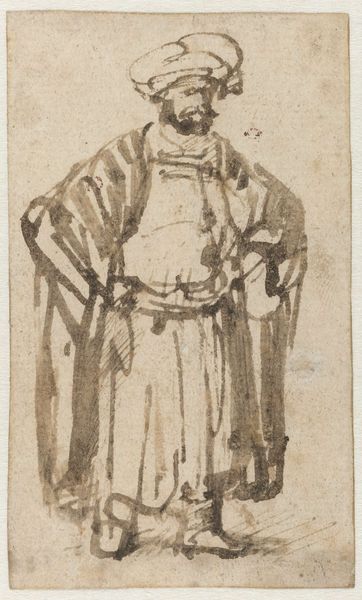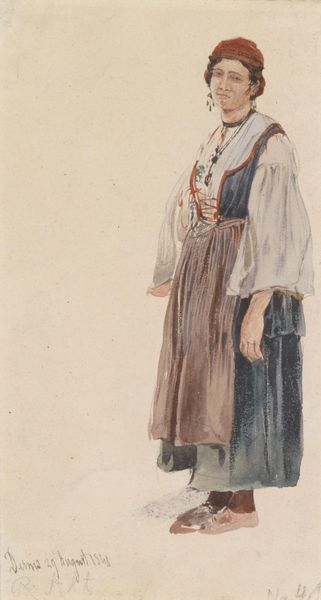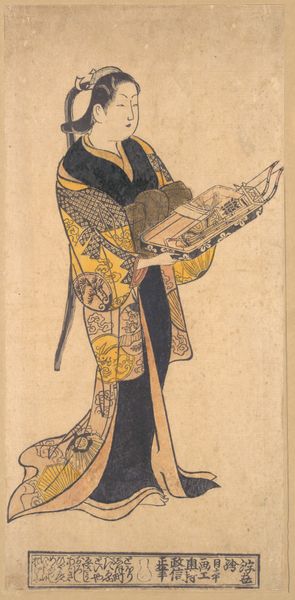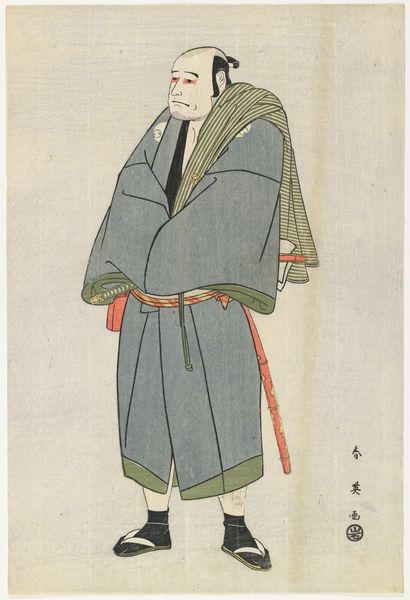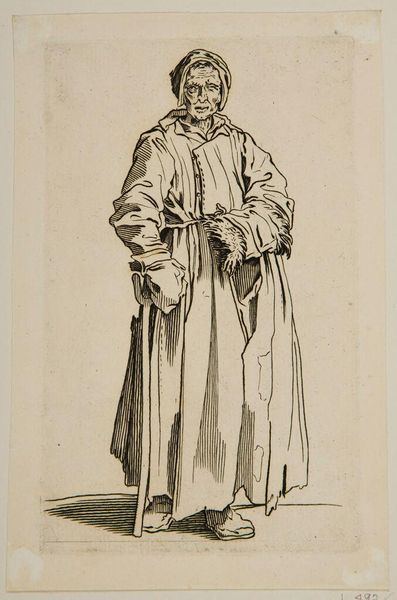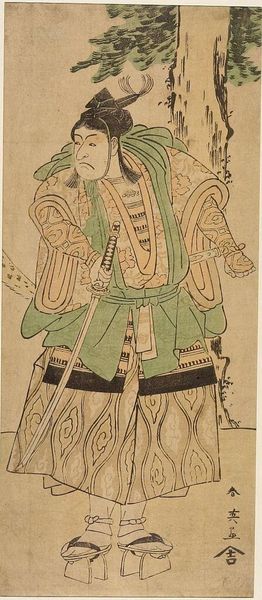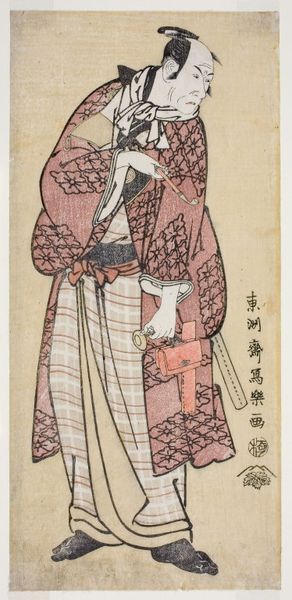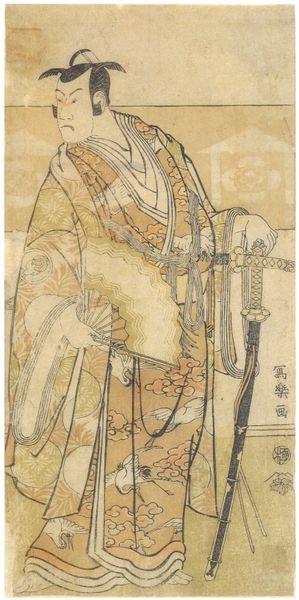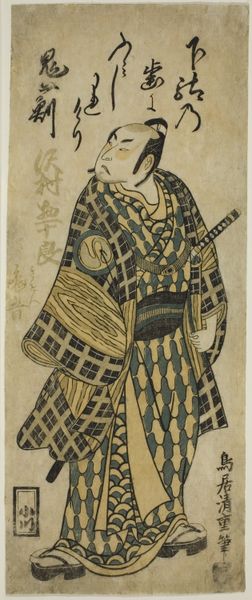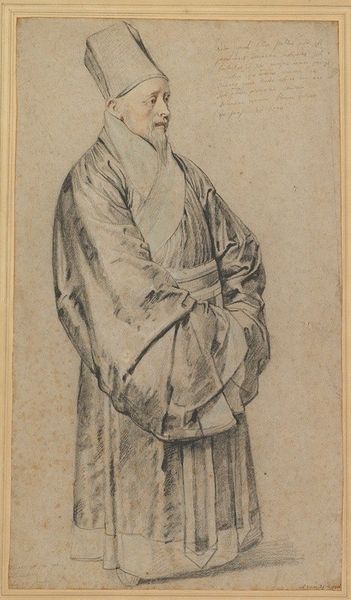
painting
#
portrait
#
figurative
#
painting
#
landscape
#
painted
#
figuration
#
oil painting
#
mixed media
#
watercolor
#
realism
Copyright: Public Domain: Artvee
Curator: Winslow Homer created this intriguing mixed-media piece, "Young Soldier, Sketch of a Soldier Giving Water to a Wounded Companion," around 1864, capturing what appears to be a moment during the American Civil War. Editor: It feels…haunting, doesn’t it? That young soldier’s eyes—heavy, yet determined. It gives the sense that he’s holding onto what little humanity he has left in a pretty inhumane situation. The colour palette adds a washed-out look as if drained by the gravity of war. Curator: Precisely. And I'd argue the materiality significantly contributes to that sensation. Look at the combined application of watercolor and oil paint that lends an ethereal, almost ghostly, effect to the soldier and those ghost like figures on the upper part of the image. This wasn’t about heroic portrayals but was meant to humanize the often romanticized experiences of war. Editor: Definitely a departure from glory-seeking military paintings. Makes me wonder about Homer’s own position, and what drove him to present war so… rawly? It’s like he stripped it back to bare bones of just one soldier helping the next, devoid of political grandstanding. Curator: Homer worked as an artist correspondent during the war. His proximity to the front lines and observations surely influenced his commitment to realism, influencing his choice to blend media such as watercolor's expressiveness with the durability of oil painting, symbolizing resilience amidst turmoil. The artwork thus serves not only aesthetic purpose but also offers critical social commentary regarding conflict itself. Editor: I almost feel guilty admiring its technique, given its grim subject. But there's no denying how the application of color and visible brushstrokes communicates so effectively this sense of compassion and empathy at that moment of despair, it is something the war takes away slowly. Curator: It does invite reflection, certainly. It invites considering the materials used – the watercolor, the oils – in context, almost as symbolic extensions of grief, perseverance, and resilience that transcend aesthetic qualities. The Civil War era context amplifies that dialogue considerably and poses this as more than an artifact; this sketch is really about people involved in circumstances which demand something human. Editor: Well, I'll be mulling this over for a while, definitely seeing this "Young Soldier" differently now. Curator: And hopefully, so will everyone else who gets a chance to experience the dialogue. Thank you.
Comments
No comments
Be the first to comment and join the conversation on the ultimate creative platform.

